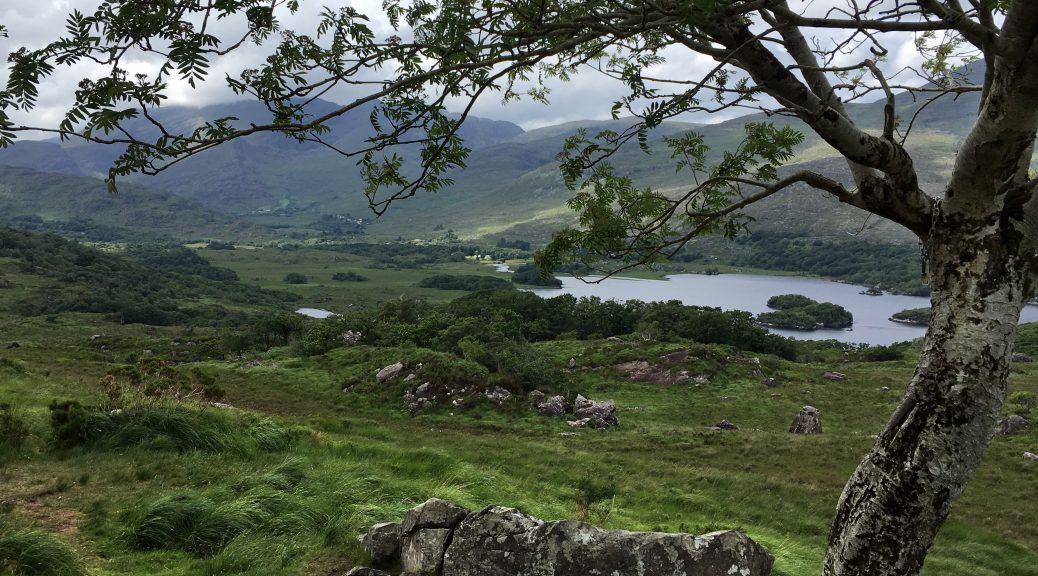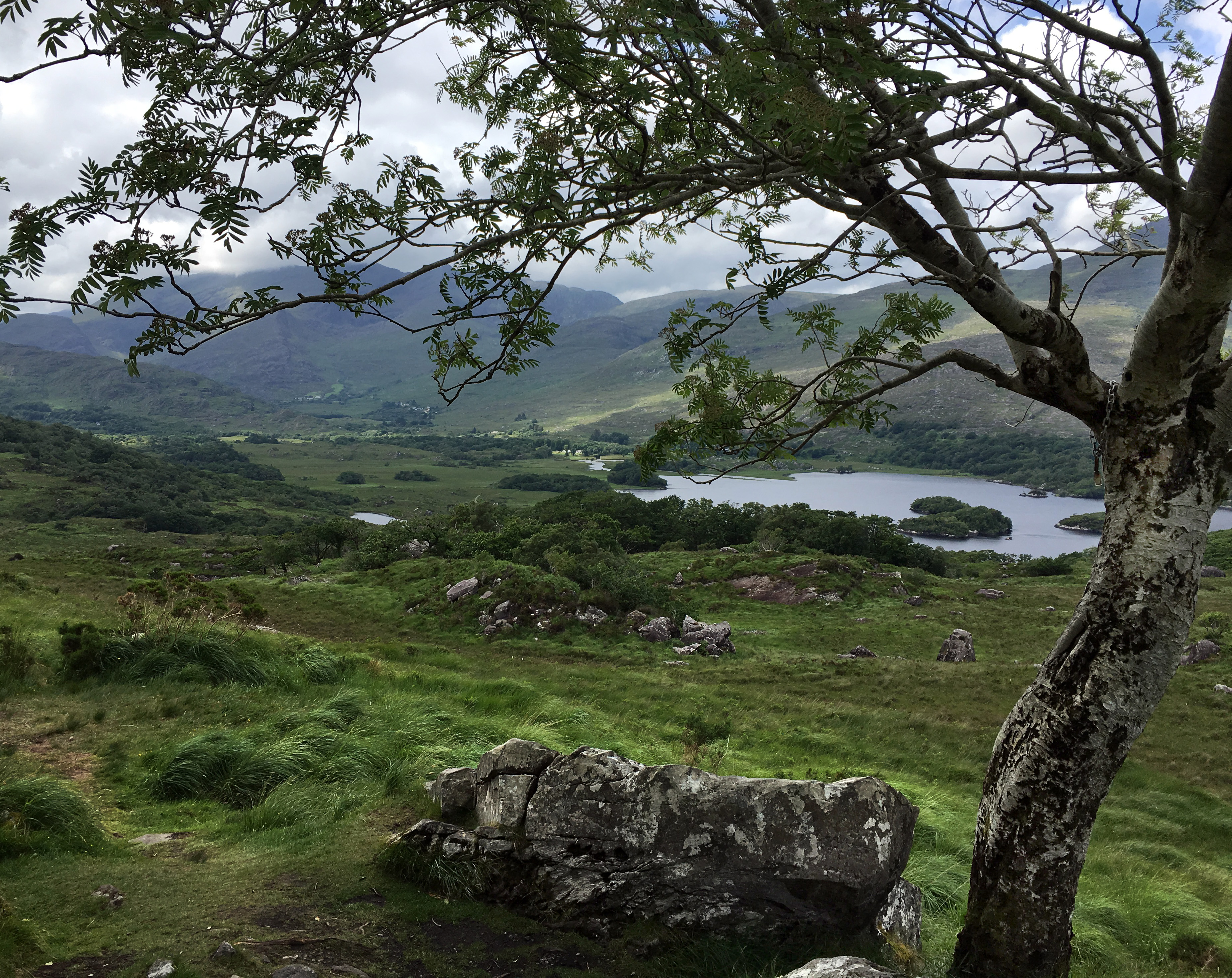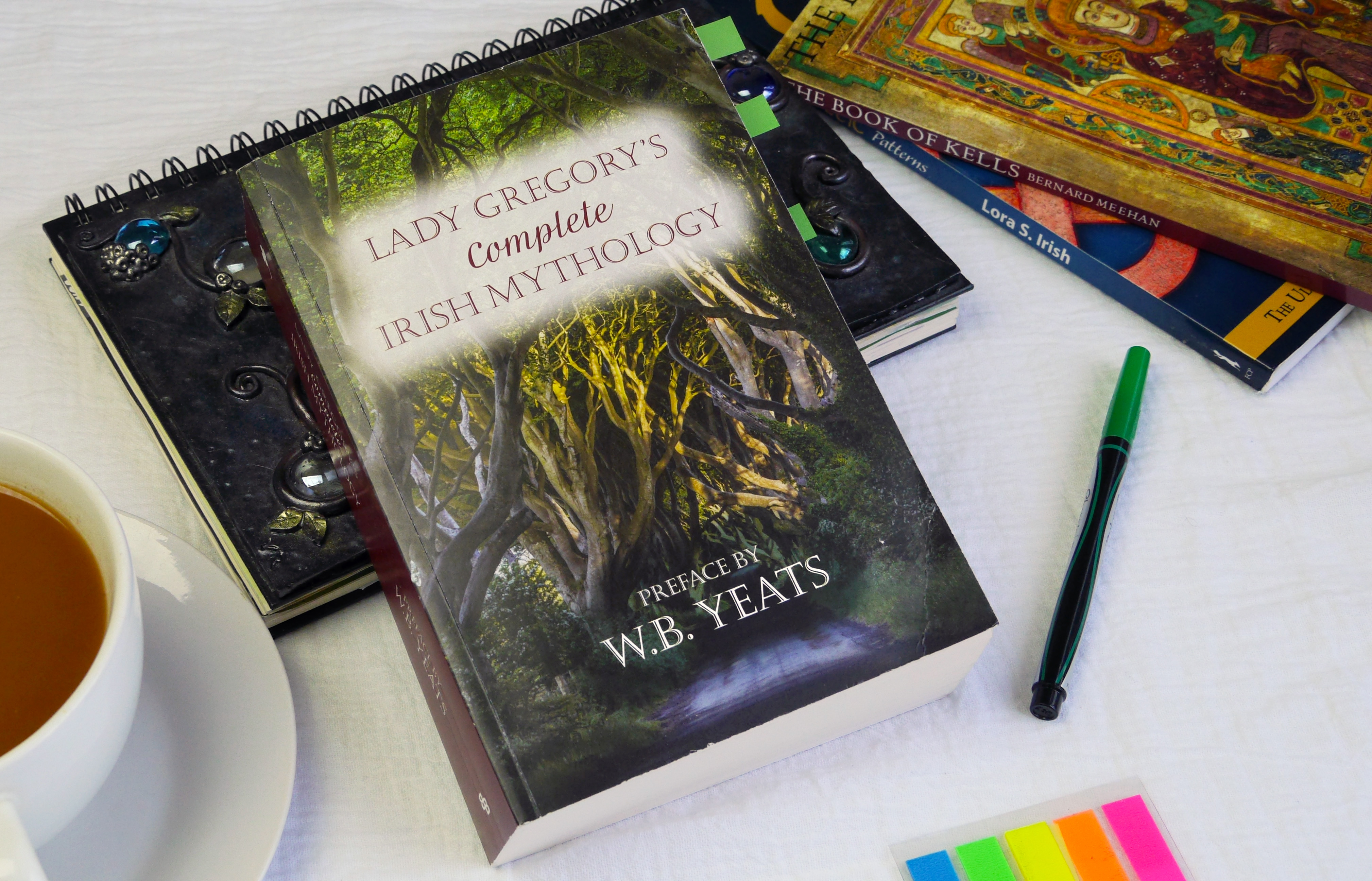
Celtic Mythology Resources Part 1: Academic
If you want to get into Irish mythology and just don’t know where to start or are intimidated by contradictory sources and just plain bad information, then here is a beginner-friendly list of Celtic mythology resources. This topic will be in two posts. This first part will focus on more academic sources— the myths themselves— which are important to know before going further. Part two will focus on some ideas for integrating this knowledge spiritually and making it a part of your life.

My obsession with Celtic mythology— specifically Irish folklore and mythology— has been a lifelong hunt for stories and information. Growing up outside of Ireland made it frustrating and challenging to get my hands on the kind of resources I craved. Also, I began this before everyone had access to the internet, and I would have been fortunate to find anything in most public libraries. Even now, it can be difficult and frustrating to find good information online, unless you have an idea of what is based on actual texts and what is put out there as “Celtic mythology” but really is just fantasy. And don’t even get me started on trying to decipher Irish texts written in Gaeilge with almost no way to learn the language! So frustrating!
My journey led me to get my Masters degree in the subject and to study Gaeilge so I could read more texts. This was expensive, difficult, and time-consuming, and not everyone is going to be able to do this. And, if you don’t want a career in academia, this is not the route I would recommend, so allow me to save you a lot of money!
If you just want to dive deep into Irish mythology for the love of it, or if you’re trying to incorporate working with Sídhe or faerie energy in your practice, then I have a list of resources to help you out. You will not have to read Irish, and the sources I’m providing are all books you can find online (some as free .pdf’s), some in libraries, and in most bookstores. Keep in mind that there are areas of contradiction and blurriness in Irish mythology. It’s all a little foggy, and there is no real distinction between myth and history. They are one and the same in many places.
Irish Mythology and Folklore Resources— Books
One easy place to start is with Lady Gregory’s Of Gods and Fighting Men and CúCulainn of Murthemne
.* These can be found together in Lady Gregory’s Complete Irish Mythology
. Lady Gregory was a writer who recorded and translated these stories from local Irish-speakers. Her work is easy to read and flows like a story, not a text. While she does leave out some things that would have been seen as “offensive” in her time (sex, nudity), it is still well worth reading. Just know that she is coming from the colonial perspective. I list Lady Gregory and Yeats first because they are easy to find anywhere. they are not the most authentic. I say “authentic” in the sense of native Irish culture. Both Yeats and Gregory were part of the ruling class. But, having not grown up in Ireland, these were my introductions, and I was able to branch off from here to more authentic sources.

Of course, I can’t mention Lady Gregory without also mentioning W.B Yeats. I am a Yeats fangirl, after all. Yeats’ Irish Fairy and Folk Tales is a must-read. This is another book that is fun and easy to read. Although Yeats struggled to learn Gaeilge, he has a poets’ heart, which is so important in Irish mythology and he captures something really special in his writing. However, I must point out that his views are very colonial. This does cause problems. It is my personal opinion that he struggled with this. Part of him yearned to understand the Sídhe and really connect, but his cultural biases influenced his ability to do so.**
Next is The Tain, translated by Thomas Kinsella. By this time, you will have heard of the Cattle Raid of Cooley. This is probably the most famous epic, and this is definitely the translation I would recommend. If you’ve become somewhat familiar with the stories from the other books, then this one will be no problem.
Cath Maige Tuired: Second Battle of Mag Tuired, translated by Elizabeth A. Grey, is next. I had a hard copy of this once, but it is out of print. You can buy it from Amazon for Kindle, or you can find it in one of the online resources (for free) that I’ll provide below. If you’re serious about Irish mythology, you can’t not read this.
The Mabinogion is not Irish mythology, but mostly Welsh. This is canon for Celtic mythology, and you should be able to find it in any library or as a .pdf online, or in your typical retail bookstore. And thanks to the internet, you can easily google how to pronounce a lot of the names! Even if you want to focus on the Irish myths like I do, you’ll still want to have this in your back pocket.
Irish Mythology and Folklore Resources— Online
AncientTexts.org is an exhaustive resource. You can explore by country, so if you want to find more on Scottish texts, there’s a whole section for that. For the Irish texts, a lot of these are translations of the original texts, and also the original Gaeilge. These can be a bit thick to start out with, so I recommend starting out with some of the books I mentioned at the top first. But, you will find pretty much everything you could want here.
Tomás Ó hAodha on YouTube. I really wish this guy uploaded more videos, but the few that he has are excellent. He has an Introduction to the Tuatha de Danann which I love. It’s really something to hear the stories instead of always reading them. They are meant to be heard. He also has videos in Irish, which are worth listening to even if you don’t speak Gaeilge. It can be helpful for picking our the names and learning how to pronounce them.
Luminariam.org has a section for Irish Literature and Mythology. It’s similar to AncientTexts.org but not as exhaustive. However, it’s still a great resource. You can find Elizabeth A. Grey’s translation of Cath Maige Tuired here too.
That should be more than enough! Start with the resources at the beginning, and use the online ones to go deeper or fill in gaps. Part Two will focus on more spiritual aspects of the Faerie and Sídhe, so be sure to read it here!
* Lady Gregory takes a lot of artistic license. I should probably say that these are literary, not academic, resources. But, this is a “get your feet wet” article. If you’re a total noob, you could go to a local bookstore and pick up these books and it would be something.
** I have nothing to back this up. This is my personal feeling from having read literally everything he wrote.
This post contains affiliate links, which means that if you click on one of the product links and buy something, I may receive a small commission.